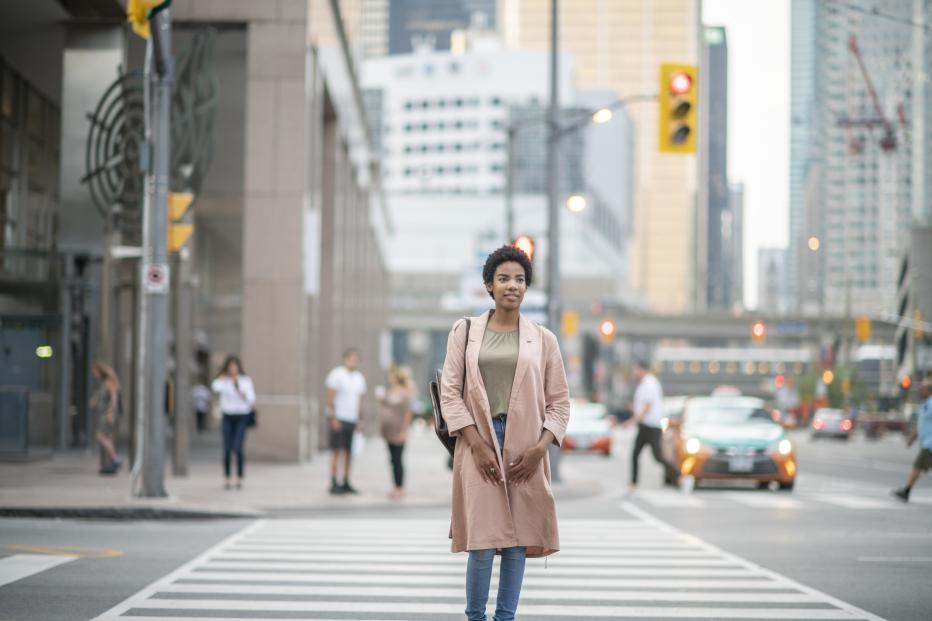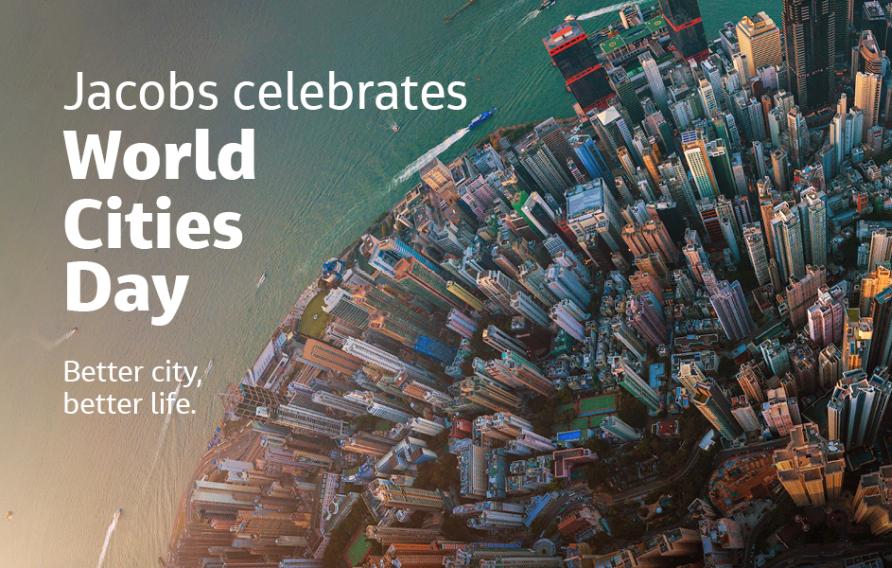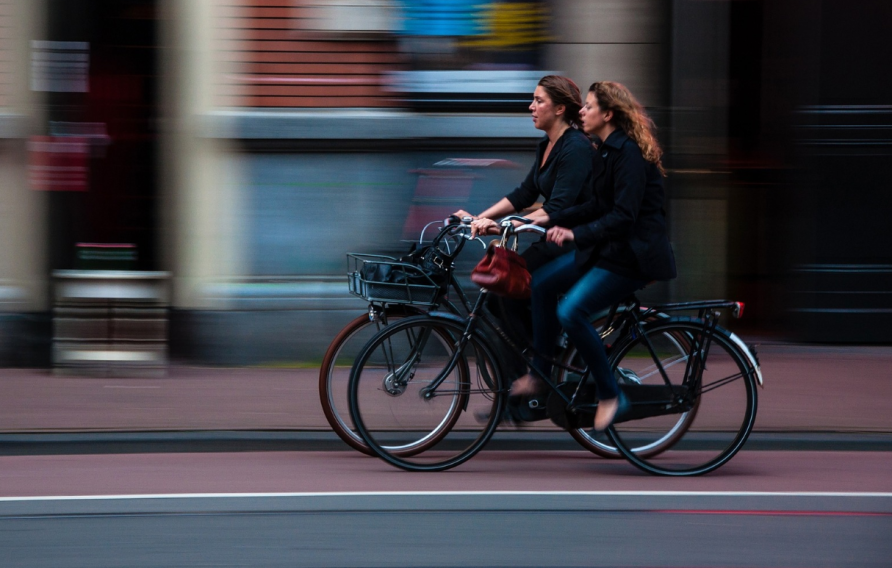
In the latest issue of Infrastructure Intelligence magazine, Jacobs Head of Interface Management Maria Kouridou talks about how we can take a more inclusive approach to the design of our cities to create better outcomes and value for all citizens.
Inclusive cities for people is not a new concept. Cities and places face many challenges around urbanization, climate change, political instability, health and wellbeing, digital and physical infrastructure. However, inclusive design has gained increasing attention recently from cities and organizations across the globe highlighting that for tomorrow’s cities to provide opportunities for all, it’s essential to understand that inclusive cities involve multiple spatial, social, environmental and economic factors.
Now is more vital than ever to follow an outcome-based approach putting social value at the core and turn the toughest challenges into opportunities that support the United Nations Sustainable Development Goals and drive benefits for all. Using evidence-based research to identify best practice from global cities and Jacobs’ Inclusive City Making framework, a strategic design tool that promotes the delivery of integrated design visions, can help us take an inclusive approach to the way we design cities. If we interpret data in a way that can help us inform our designs and identify hidden design implications, we can better understand the need for change. Research shows that “women and girls put in 12.5 billion hours of unpaid care work each and every day – a contribution to the global economy of at least $10.8 trillion a year – three times the size of the global tech industry (Oxfam International, 2020)”.
Download Maria’s full article or access online in Infrastructure Intelligence where she shares more on the key urban action areas for design interventions targeted to women that also benefit wider citizen groups. You can also check out the full issue here.
“Women have different roles in our societies and built environment design needs to consider their needs and encourage their involvement in city making.”
-
12.5 B
hours of unpaid care work put in by women and girls every day (Oxfam International, 2020)
-
$ 10.8 T
a year contribution to the global economy from the unpaid care work by women and girls (Oxfam International, 2020)
Inclusive cities
-
 Page
PageCelebrating World Cities Day
Cities are the engine rooms of the global economy, home to more than 56% of the growing global population and responsible for generating more than 80% of global Gross Domestic Product (GDP). As climate change, rapid digitalization and the COVID-19 pandemic continue to permanently reshape how we live, cities face a growing list of long-term systemic challenges, ranging from decarbonizing and becoming more resilient to the impacts of a changing climate, to addressing housing affordability issues and improving accessibility of essential services, to creating new job opportunities and delivering inclusive growth.
-
 News
NewsIs Transport Appraisal in the UK Equitable?
Strong transport connections that fully meet a person’s needs can aid their access to essential goods and services, and their workplace, education and wider leisure activities. But are publicly funded transport schemes able to fulfil everyone’s needs equally? Jacobs’ Transportation Planners Sherin Francis and Katie Pearce share their insight in this jacobs.com piece.
-
 Solution
SolutionCities & Places Market
We integrate data, technology, mobility and connectivity to improve economic and social equity and the resiliency of cities and communities. From sustainable infrastructure and inclusive placemaking solutions, to reimagined health systems transforming future models of care, we help governments, cities, communities and private-sector clients rethink how they deliver a better life for future generations.













































